Are you tired of the persistent muscle soreness that’s hindering your athletic performance?
Many fitness enthusiasts and athletes struggle to recover effectively, especially when training from home.
This can lead to frustration, reduced motivation, and even injuries.
Introducing the game-changer, the muscle recovery equipment.
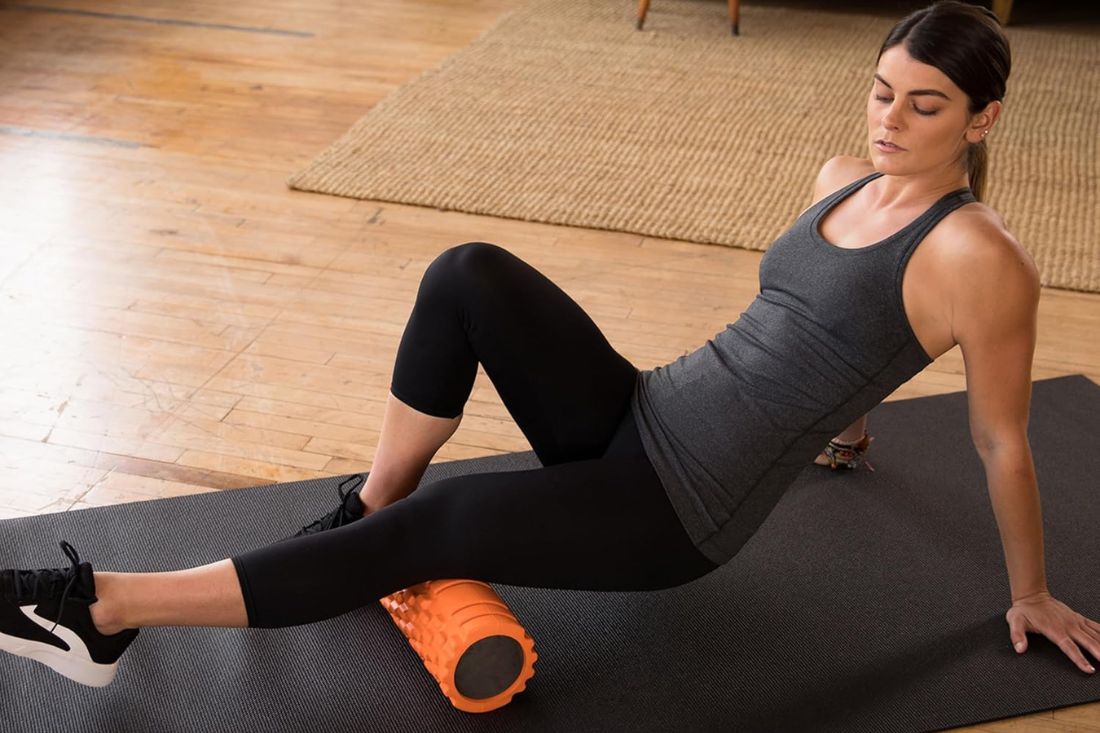
By incorporating the right tools into your routine, you can significantly accelerate your recovery, reduce pain, and unleash your full athletic potential.
Here we will delve into the top muscle recovery equipment available for home use, providing expert advice on choosing the best options for your needs.
Get ready to revolutionize your recovery and take your fitness journey to new heights!
Benefits of Muscle Recovery Equipment
Investing in muscle recovery equipment is more than just a luxury, it’s a strategic investment in your athletic success.
By prioritizing proper recovery, you can experience a multitude of benefits that will elevate your performance and overall well-being.
Here’s a breakdown of the key advantages:
- Improved performance: When your muscles are well-rested and recovered, you’re better equipped to tackle intense workouts and maintain optimal performance levels.
- Reduced injury risk: Adequate recovery helps prevent overuse injuries and promotes faster healing, keeping you on track towards your fitness goals.
- Faster recovery: By incorporating muscle recovery tools into your routine, you can expedite the healing process, allowing you to return to your workouts sooner and more effectively.
Types of Muscle Recovery Equipment
1. Massage Guns
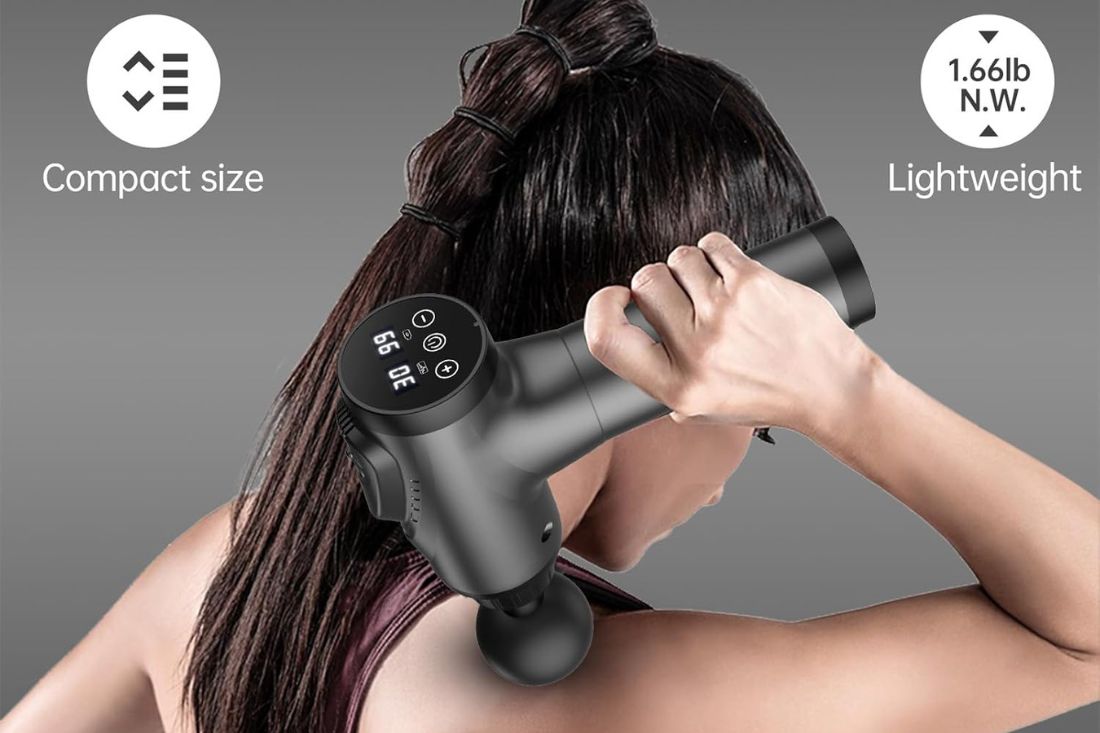
Massage guns have gained immense popularity in recent years due to their ability to penetrate deep into muscle tissue and provide targeted relief.
Equipped with a high-speed oscillating head, these devices deliver powerful percussive vibrations that help break down muscle knots, reduce tension, and improve blood flow.
Popular Product: Massage Gun, Muscle Massage Gun for Athletes
Reviews: Over 11,000 reviews with an average rating of 4.4 stars.
Features:
- 30 speed levels
- 9 attachment heads
- Quiet operation
- Cordless
How to Use:
- Apply a lubricant or massage oil to the target area.
- Gently move the massage gun in circular motions, focusing on areas of tension or soreness.
- Adjust the intensity level as needed to achieve desired results.
2. Foam Rollers
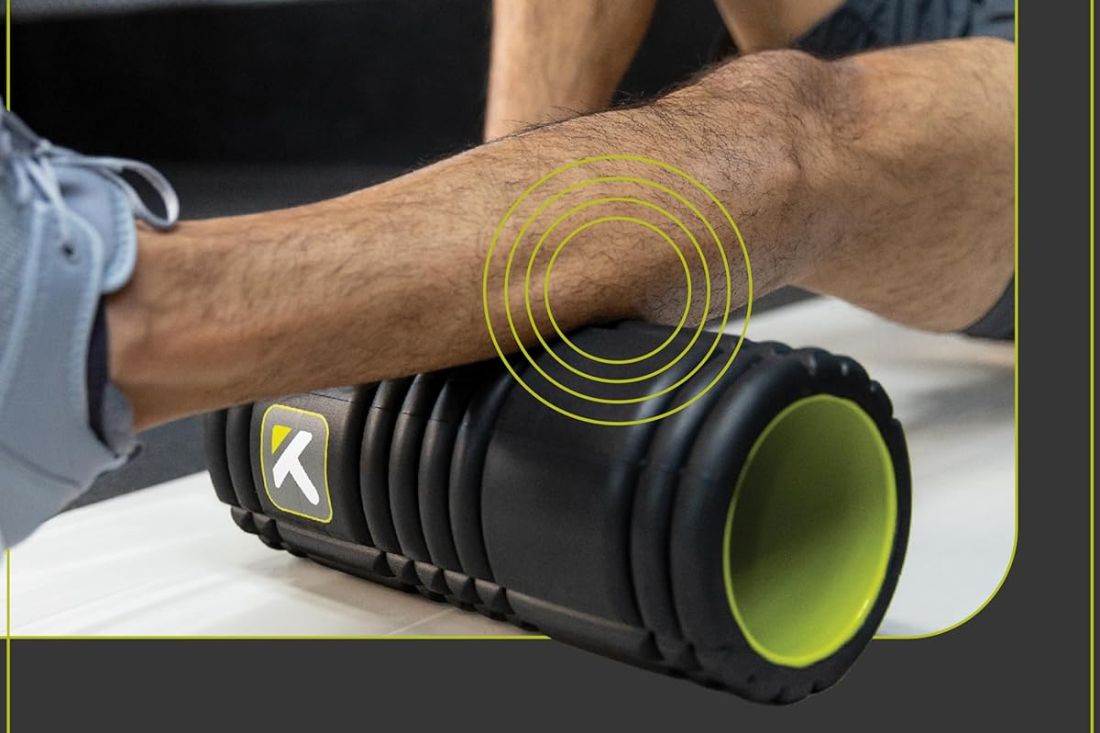
A classic tool in the recovery arsenal, foam rollers offer a simple yet effective way to release muscle tension and improve flexibility.
By applying pressure to tight muscle fascia, foam rolling can help reduce soreness, improve range of motion, and enhance overall recovery.
Popular Product: TriggerPoint GRID Foam Roller
Reviews: Over 15,000 reviews with an average rating of 4.7 stars.
Types:
- Standard foam rollers
- Grid foam rollers
- Spiky foam rollers
Benefits:
- Self-myofascial release (SMR)
- Improved flexibility
- Reduced muscle soreness
- Enhanced circulation
Effective Techniques:
- Roll back and forth over the target muscle, focusing on areas of tenderness.
- Use your body weight to apply pressure.
- Experiment with different techniques, such as rolling over a tennis ball or lacrosse ball for deeper tissue work.
3. Percussion Massagers
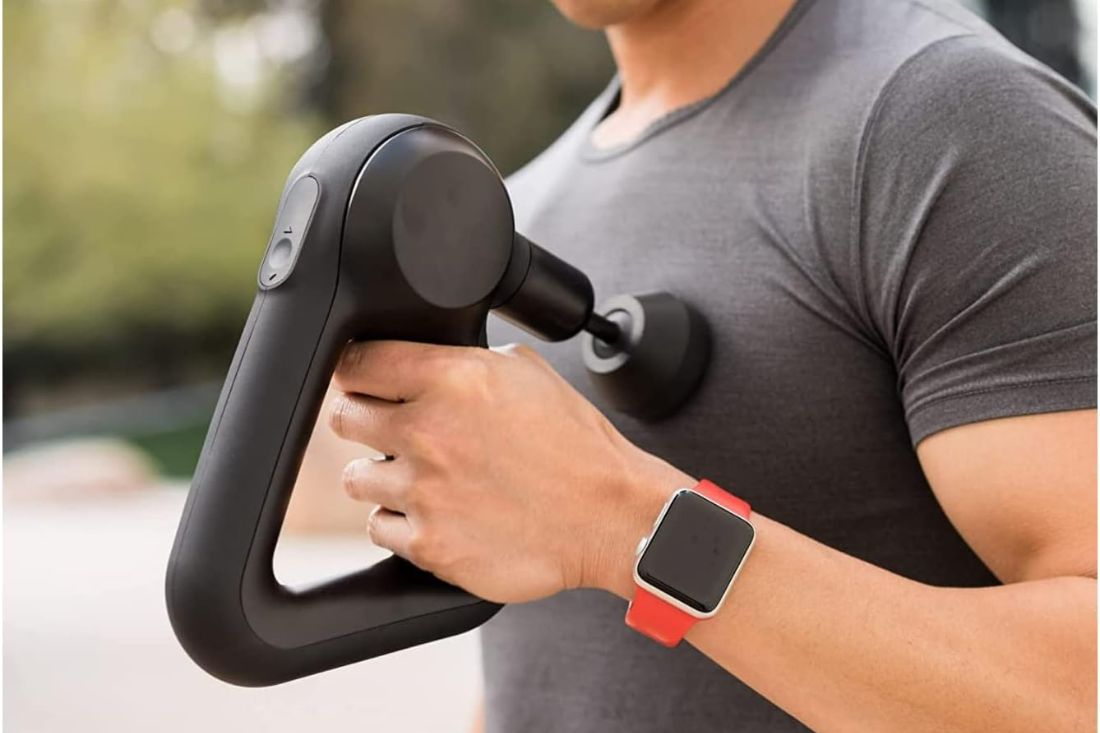
Similar to massage guns, percussion massagers use rapid vibrations to stimulate muscle tissue and promote recovery.
However, they often feature a larger and more powerful motor, providing a deeper penetrating massage.
Popular Product: Theragun Prime
Reviews: Over 5,000 reviews with an average rating of 4.7 stars.
Features:
- Deep tissue massage
- Variable intensity settings
- Ergonomic design
Advantages:
- Deep tissue massage
- Reduced muscle soreness
- Improved circulation
- Enhanced recovery
4. Compression Socks
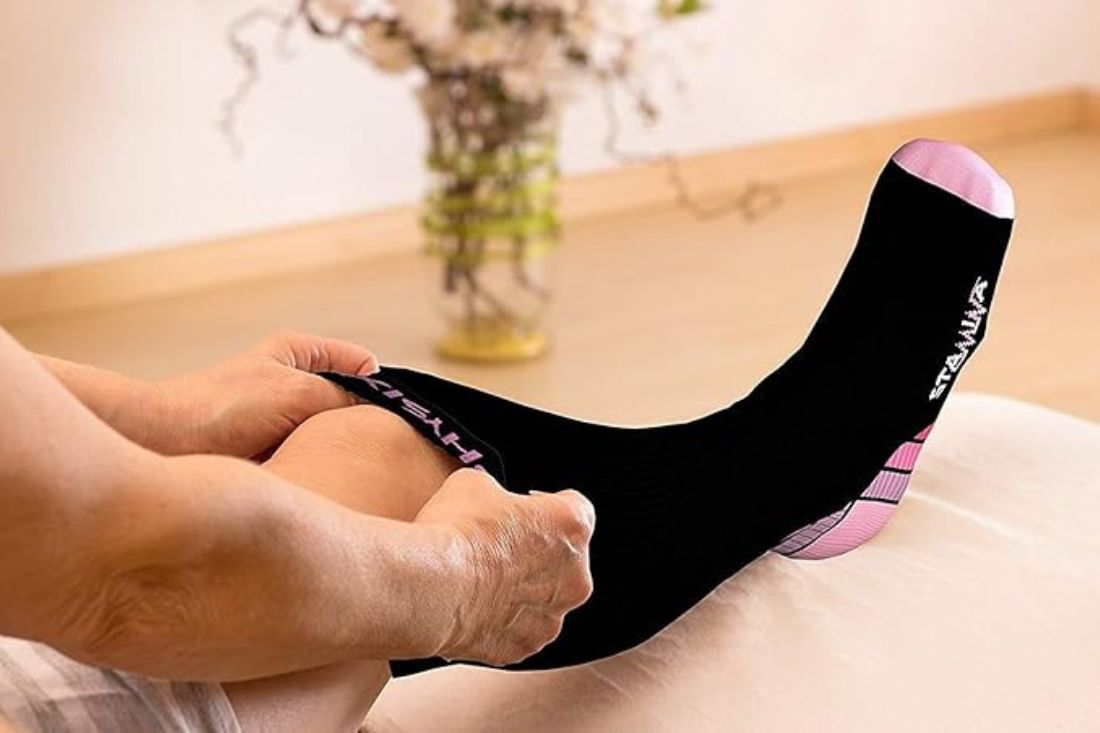
Compression socks are designed to apply graduated pressure to the legs, promoting blood flow and reducing swelling.
This can be particularly beneficial for athletes and individuals with conditions like varicose veins.
Popular Product: Physix Gear Sport Compression Socks
Reviews: Over 80,000 reviews with an average rating of 4.5 stars.
Benefits:
- Reduced muscle soreness
- Improved athletic performance
- Relief from swelling and fatigue
Science Behind Compression Therapy:
- Improved circulation
- Reduced inflammation
- Faster recovery
- Prevention of blood clots
5. Other Options
Vibration Plates: These devices use whole-body vibration to stimulate muscles and improve circulation.
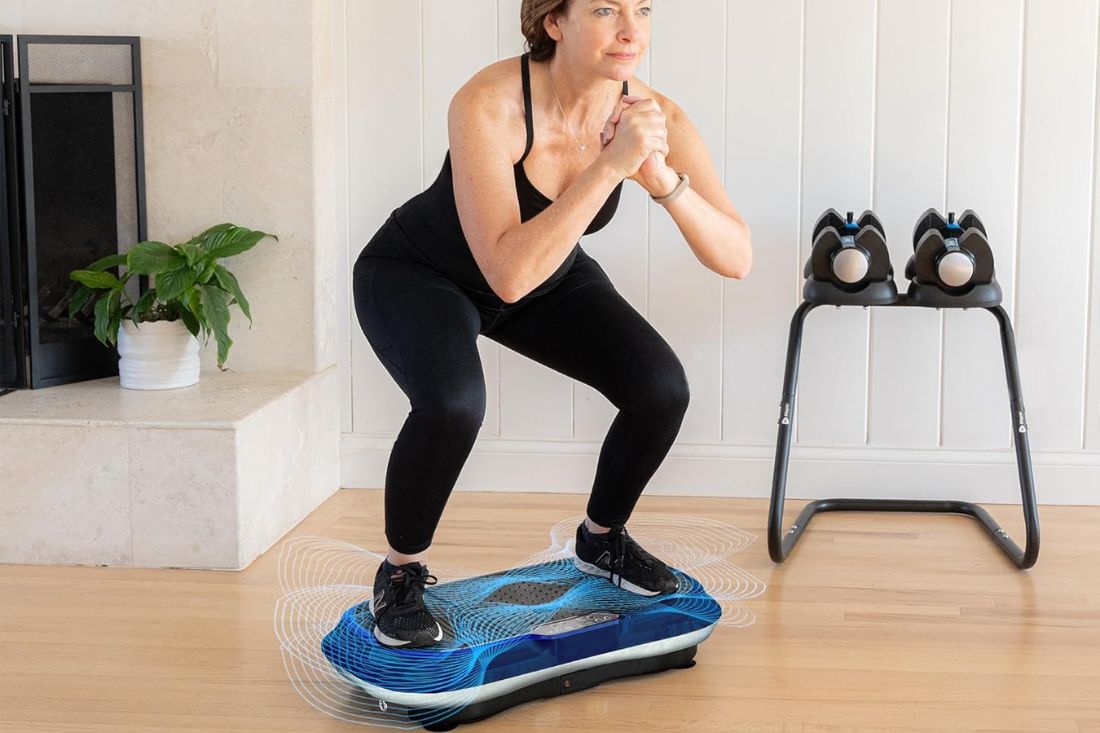
Popular Product: LifePro Waver Vibration Plate
Reviews: Over 24,000 reviews with an average rating of 4.6 stars.
Benefits:
- Whole-body vibration
- Improved circulation
Ice Packs: Applying ice to sore muscles can help reduce inflammation and pain.
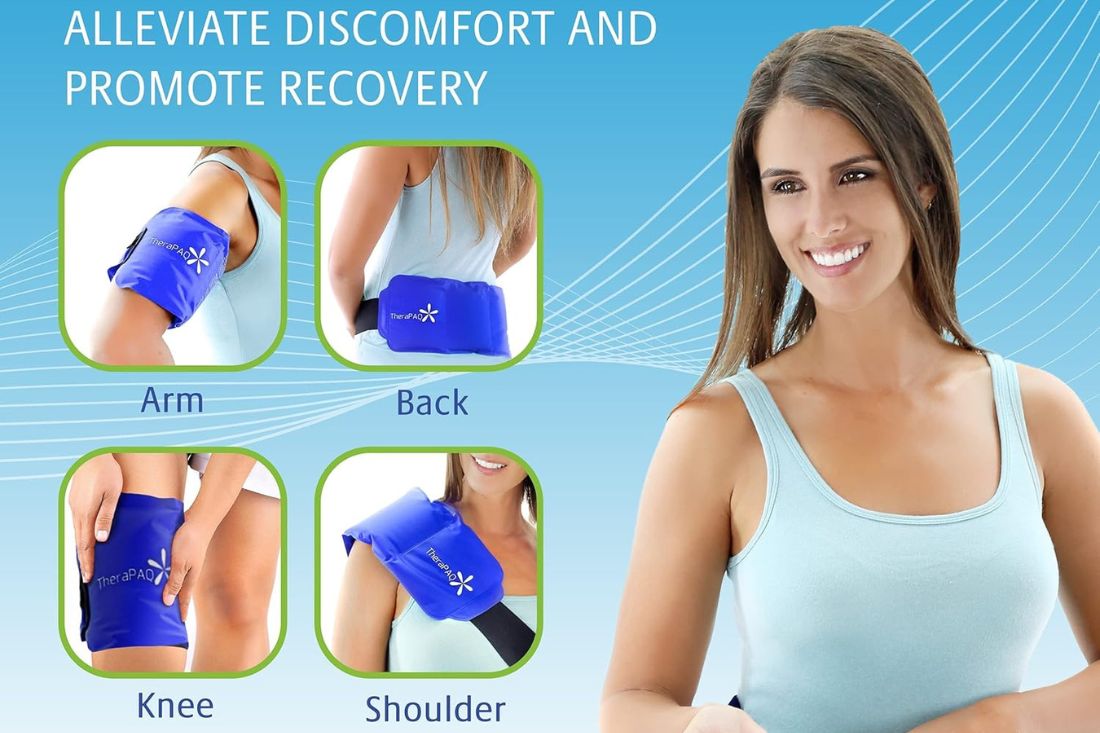
Popular Product: TheraPAQ Reusable Ice Pack
Reviews: Over 13,000 reviews with an average rating of 4.5 stars.
Benefits:
- Reduced inflammation
- Pain relief
Remember, the best muscle recovery equipment for you will depend on your individual needs, preferences, and budget.
Experiment with different options to find what works best for you.
Choosing the Right Equipment
When selecting muscle recovery equipment, it’s essential to consider your individual needs and preferences.
Here are some factors to keep in mind:
- Workout intensity: If you engage in high-intensity workouts, you may benefit from more powerful equipment like massage guns or percussion massagers.
- Injury history: If you have specific injuries or chronic conditions, consult with a healthcare professional to determine the most appropriate recovery tools.
- Budget: Muscle recovery equipment can vary in price, so consider your budget when making a decision.
- Personal preference: Experiment with different types of equipment to find what feels most comfortable and effective for you.
Here is a comparison table for different types of muscle recovery equipment:
| Type | Benefits | Pros | Cons |
|---|---|---|---|
| Massage Guns | Deep tissue massage, reduced muscle soreness, improved blood flow | Effective for targeted relief, versatile with attachments | Can be noisy, may require some training to use correctly |
| Foam Rollers | Self-myofascial release, improved flexibility, reduced muscle soreness | Affordable, easy to use, portable | May be uncomfortable for beginners, requires consistent use |
| Percussion Massagers | Deep tissue massage, reduced muscle soreness, improved circulation | Powerful and effective, variable intensity settings | Can be noisy, may require some training to use correctly |
| Compression Socks | Improved circulation, reduced inflammation, faster recovery | Can be worn during activities, beneficial for athletes | May not be comfortable for extended wear, can be expensive |
| Vibration Plates | Whole-body vibration, improved circulation | Can be used for a variety of exercises, can be effective for recovery | May not be suitable for everyone, can be noisy |
| Ice Packs | Reduced inflammation, pain relief | Easy to use, affordable | Can be messy, may require frequent replacement |
Note: These are general comparisons and individual experiences may vary.
It’s recommended to consult with a healthcare professional or fitness expert for personalized advice.
They can assess your specific needs and recommend the best equipment to aid in your recovery and performance goals.
Creating a Muscle Recovery Routine
A well-structured muscle recovery routine is essential for optimizing performance and preventing injuries.
Consider incorporating the following elements:
1. Post-Workout Recovery
- Static stretching: Hold stretches for 20-30 seconds to improve flexibility and reduce muscle tension.
- Foam rolling: Focus on areas of tightness or soreness.
- Cold therapy: Apply ice packs to reduce inflammation.
- Hydration: Drink plenty of water to replenish fluids lost during exercise.
2. Active Recovery
- Low-intensity cardio: Engage in activities like walking, swimming, or cycling at a moderate pace.
- Yoga or Pilates: These practices can improve flexibility, balance, and core strength.
- Mindfulness and meditation: Reduce stress and promote overall well-being.
3. Injury Rehabilitation
- Consult a healthcare professional: Get guidance on specific exercises and techniques tailored to your injury.
- Gradual progression: Start with gentle movements and gradually increase intensity as your injury heals.
- Use muscle recovery equipment: Incorporate tools like foam rollers or massage guns to target injured areas and promote healing.
- Listen to your body: Avoid overexerting yourself and pay attention to any pain or discomfort.
Tips for Effective Muscle Recovery
In addition to using muscle recovery equipment, there are several lifestyle factors that can significantly impact your recovery process.
1. Proper Hydration
- Dehydration can impair muscle function and delay recovery.
- Aim to drink plenty of water throughout the day, especially before, during, and after workouts.
- Consider using sports drinks with electrolytes to replenish lost minerals.
2. Balanced Nutrition
- A balanced diet provides essential nutrients for muscle repair and growth.
- Consume adequate protein to support muscle tissue regeneration.
- Include fruits, vegetables, and whole grains for vitamins, minerals, and antioxidants.
3. Sufficient Sleep
- Quality sleep is crucial for muscle recovery and overall health.
- Aim for 7-9 hours of uninterrupted sleep each night.
- Create a relaxing sleep environment and establish a consistent sleep schedule.
4. Stress Management
- Chronic stress can hinder recovery and contribute to muscle soreness.
- Practice relaxation techniques like deep breathing, meditation, or yoga.
- Engage in activities you enjoy to reduce stress and promote overall well-being.
Frequently Asked Questions
Q: How often should I use a massage gun?
A: The ideal frequency of massage gun use depends on your individual needs and workout intensity. Generally, using a massage gun 1-2 times per day for 5-10 minutes can be beneficial. However, it’s essential to listen to your body and adjust the frequency accordingly.
Q: Can I use muscle recovery equipment for prevention?
A: Yes, using muscle recovery equipment can be a proactive measure to prevent injuries and reduce muscle soreness. Incorporating tools like foam rollers or compression socks into your routine can help maintain muscle health and optimize performance.
Q: Are there any risks associated with using muscle recovery equipment?
A: While muscle recovery equipment is generally safe, it’s important to use them properly and avoid excessive pressure. If you experience any discomfort or pain, discontinue use and consult with a healthcare professional.
Q: Can I use muscle recovery equipment if I have an injury?
A: Using muscle recovery equipment can be beneficial for injury rehabilitation, but it’s crucial to consult with a physical therapist or healthcare provider for guidance. They can recommend appropriate techniques and intensity levels based on your specific injury.
Q: What is the best time to use muscle recovery equipment?
A: The optimal time to use muscle recovery equipment depends on your goals. For post-workout recovery, use them immediately after your workout. For general maintenance, you can incorporate them into your daily routine.
Q: Can I use muscle recovery equipment while watching TV or working?
A: Yes, many muscle recovery tools, such as foam rollers or massage guns, can be used while engaging in other activities. This can make it easier to incorporate them into your daily routine.
Key Takeaways
Incorporating muscle recovery equipment into your fitness routine can significantly enhance your athletic performance and overall well-being.
By addressing muscle soreness, reducing injury risk, and promoting faster recovery, these tools provide invaluable benefits for athletes and fitness enthusiasts of all levels.
Remember:
- Choose the right equipment: Consider your individual needs, workout intensity, and budget when selecting muscle recovery tools.
- Create a personalized routine: Incorporate foam rolling, massage, and other techniques into your post-workout recovery and active recovery days.
- Prioritize hydration, nutrition, and sleep: These factors are essential for optimal muscle recovery.
- Consult a professional: Seek guidance from a physical therapist or fitness trainer for personalized advice.
By making muscle recovery a priority, you can unlock your full athletic potential and enjoy a more fulfilling fitness journey.
Conclusion
In conclusion, muscle recovery equipment is an invaluable asset for athletes and fitness enthusiasts seeking to optimize their performance and well-being.
By incorporating these tools into your routine, you can reduce muscle soreness, prevent injuries, and accelerate the recovery process.
Remember to:
- Choose the right equipment based on your individual needs and preferences.
- Create a personalized recovery routine that includes foam rolling, massage, and other effective techniques.
- Prioritize hydration, nutrition, and sleep for optimal recovery.
- Consult with a professional for personalized advice and guidance.
By investing in muscle recovery equipment and adopting a holistic approach to recovery, you can unlock your full athletic potential and achieve lasting success.
Citations
The Effects of Massage Guns on Performance and Recovery: A Systematic Review. National Institutes of Health (NIH)(.gov)
The Prevalence of Use of Various Post-Exercise Recovery Methods after Training among Elite Endurance Athletes. National Institutes of Health (NIH)(.gov)
Related Posts
No posts
